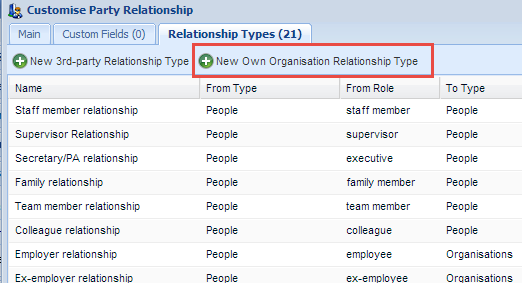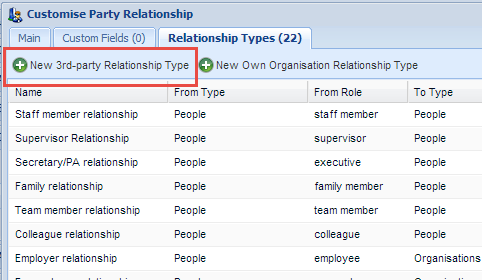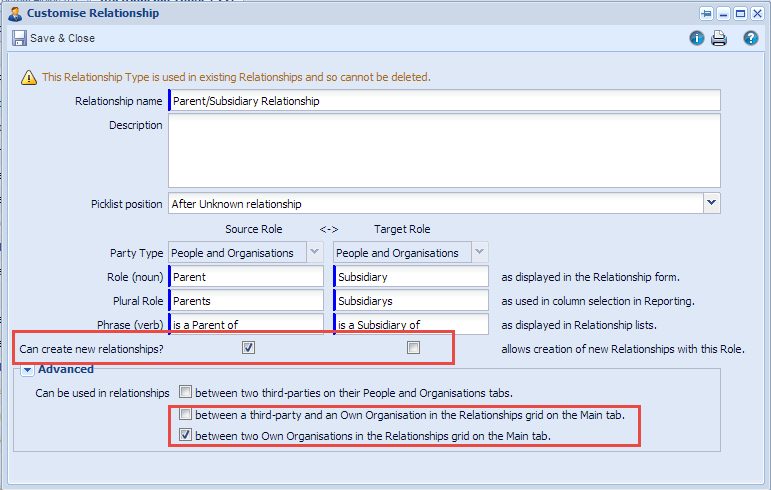- Welcome to the Knowledge Base
- Introduction
- Training
- Getting Started
- Preferences
- Activities
- Cases
- Forecasts & Quotas
- Importing Data
- Leads
-
Marketing
- Introduction to Marketing
- Marketing Campaigns
- Mailing Lists
- Products
- Mailshots
- Upload Library
- Templates
- Event Management
- Compliance Records
-
Spotler Integration
- What is Spotler?
- Navigating your Spotler homepage
- GatorMail
-
GatorLeads / Web Insights
- Tracking Code
- Setting up the Plugin
- Viewing Web Insights Data on your Form Layouts
- Domain Names and Online Activities
- Reporting incorrect Leads created through Web Insights
- Reporting on Web Insights data
- Using UTM Values
- Why aren’t Online Activities being created in the database?
- Why is GatorLeads recording online activities in a foreign language?
- GatorSurvey
- GatorWorkflow
- GatorPopup
- Opportunities
-
Integrations
- Mapping
- Electronic Signing Tools
- Creditsafe Integration
-
Zapier
- Introduction to Zapier
- Available Triggers and Actions
- Linking your Workbooks Account to Zapier
-
Setting up Zaps
- Posted Invoices to Xero Invoices
- Xero payments to Workbooks Tasks
- New Case to Google Drive folder
- New Case to Basecamp Project
- New Workbooks Case to JIRA Ticket
- Jira Issue to new Case
- 123FormBuilder Form Entry to Case
- Eventbrite Attendee to Sales Lead and Task
- Facebook Ad Leads to Sales Leads
- Wufoo Form Entry to Sales Lead
- Posted Credit Note to Task
- QuickBooks Online
- Survey Monkey responses to Tasks
- Multistep Zaps
-
Email Integrations
- Email Dropbox
- Workbooks Exchange Server Sync
- Workbooks Outlook Connector
- RevenueGrid Intelligence and Engage
-
Event & Webinar Integration Tools
- GoToWebinar
- ON24
- Microsoft Office
-
Outreach
- Installation
- Outreach Authentication
- Sync People to Outreach Prospects
- Sync Organisations to Outreach Accounts
- Sync Workbooks Opportunities to Outreach
- Sync Tasks/Activities from Workbooks to Outreach
- Sync Outreach Sequences to Workbooks
- Sync Outreach Sequence States to Workbooks
- Sync Outreach Sequence Step Numbers to Workbooks
- Sync Prospects/Accounts/Opportunities from Outreach to Workbooks
- Sync Outreach Tasks/Calls/Meetings to Workbooks
- Scribe/Workbooks Connector
- RingCentral
- Auditing
- Comments
- People & Organisations
- Projects
-
Reporting
- Introduction to Reporting
- Using Reports
- Charts
- Exporting Reports
- Advanced Reporting
- Report Snapshots
- Dashboards
-
Transaction Documents
-
Introduction to Transaction Documents
- Displaying & Adding Transaction Documents
- Copying Transaction Documents
- Transaction Documents Fields Help
- Transaction Documents Line Items Help
- Printing & Sending Transaction Documents
- Managing Transaction Document Currencies
- Managing Transaction Document Statuses
- Setting a Blank Default Currency on Transaction Documents
- Credit Notes
- Customer Orders
- Invoices
- Quotations
- Supplier Orders
- Contract Management
- Sagelink
-
Introduction to Transaction Documents
- Auditing
-
Configuration
- Introduction to System Administration
- Users & Security
- Preferences
- Database
- Accounting
- Email & Integration
-
Customisation
- Creating & Modifying Picklists
- Theme
-
Record Types
- Creating Custom Fields
- Report-based Custom Fields
- Linked Fields & Reference Fields
- Record Templates
- Form Layouts
- Customising relationships between parties
- Opportunity Stages
- Custom Records
- Automation
- PDF Configuration
- Contact Support
- Releases & Roadmap
Configuring Custom Party Relationships
Configuring a Third Party to Own Organisation Relationship
Workbooks allows you to create a relationship type between a Third Party and your Own Organisation. This is probably the most common type of relationship in Workbooks. To configure a Third Party to Own Organisation relationship, click Start > Configuration > Customisation > Record Types > Party Relationships > Relationship Types and then choose "New Own Organisation Relationship Type":

From here, enter in the required information as described here which includes:
- Relationship Name.
- Description.
- Picklist Position.
- Party Type - The record types that the relationship will be available for (see above).
- Role (noun) - The Plural Role (used in reporting) and Phrase (displayed in grid views) will be auto-populated.
- Can create new relationships? - Tick both check-boxes.
Configuring a Third Party to Third Party Relationship
Workbooks allows you to create a relationship type between two Third Parties. To configure a Third Party to Third Party relationship, click Start > Configuration > Customisation > Record Types > Party Relationships > Relationship Types and then choose "New 3rd Party Relationship Type":

From here, enter in the required information as described in section one which includes:
- Relationship Name.
- Description.
- Picklist Position.
- Party Type - The record types that the relationship will be available for (see above).
- Role (noun) - The Plural Role (used in reporting) and Phrase (displayed in grid views) will be auto-populated.
- Can create new relationships? - Tick both check-boxes.
Configuring an Own Organisation to Own Organisation Relationship
Workbooks also allows you to create a relationship type between two Own Organisations. This isn't something that many customers wish to do but we offer the ability to do so if your business requires this functionality. To configure an Own Organisation to Own Organisation relationship, click Start > Configuration > Customisation > Record Types > Party Relationships > Relationship Types and then choose "New Own Organisation Relationship Type".
There a few specific settings required here, but the setup is mostly the same as setting up an Own Organisation to Third Party relationship.
- Un-tick the "Can create new relationships" checkbox for the target role.
- Under "Advanced", un-tick option 2 and select option 3 instead.
- Click "Save & Close".

NOTE: This relationship will then be available from an Own Organisation only.
Related content

